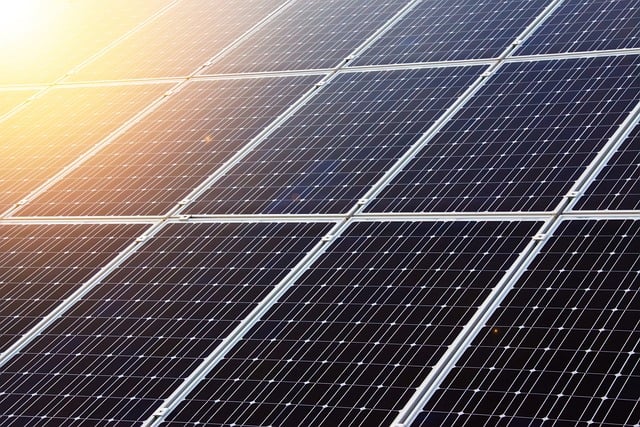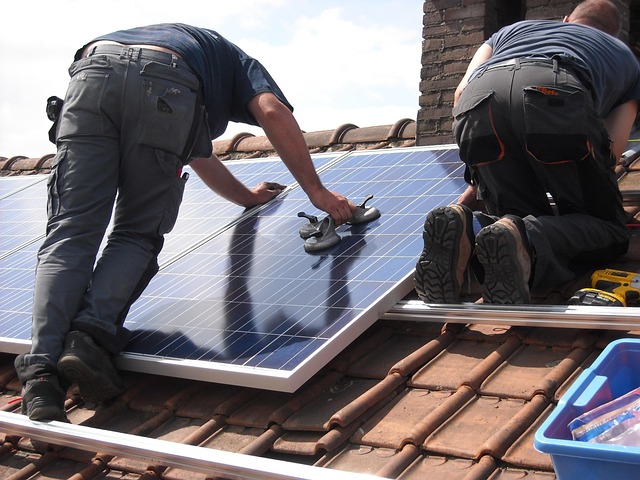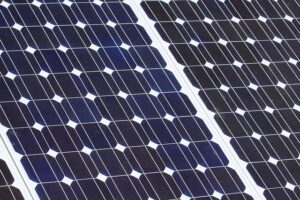Harnessing the Sun: Innovative Solar Panels for Every Home
In an era marked by rapid technological advances and an increasing urgency to confront climate change, solar energy has emerged as a beacon of hope for sustainable living. Solar panels, once seen as a luxury for a select few, have now transformed into an essential commodity, paving the way for households across the globe to harness the sun’s abundant energy. This article delves into the innovative solar panel technologies available today, their benefits for homeowners, and how they can contribute to a greener, more sustainable future.
The Importance of Solar Energy
The transition to renewable energy sources has never been more critical. Traditional fossil fuels, while historically the mainstay of energy production, are now widely acknowledged for their detrimental effects on the environment. Solar energy stands out among renewable sources due to its accessibility, sustainability, and relatively low environmental footprint. By converting sunlight into usable electricity, solar panels can significantly reduce carbon emissions, decrease dependence on non-renewable resources, and ultimately contribute to a more sustainable planet.
Understanding Solar Panel Technology
Before delving into innovative solar panel options, it is essential to understand how solar technology functions. At its core, a solar panel harnesses sunlight and converts it into electricity through the photovoltaic effect. This process involves several key components:
- Photovoltaic Cells: The core of a solar panel, these cells are made from semiconductor materials (often silicon) that generate electricity when exposed to sunlight.
- Inverters: These devices convert the direct current (DC) generated by the panels into alternating current (AC), making it compatible with home appliances.
- Mounting Systems: Solar panels need to be securely mounted on rooftops or ground locations to optimize sunlight exposure.
- Battery Storage: Optional batteries allow homeowners to store excess energy generated during sunny days for use during cloudy days or at night.
Innovative Solar Panel Technologies
The solar panel market is witnessing numerous innovations that make solar power more efficient, affordable, and accessible to every homeowner. Here are some of the most notable advancements:
1. Bifacial Solar Panels
Bifacial solar panels are designed to capture sunlight from both sides, thereby increasing energy absorption. These panels can produce up to 30% more energy compared to traditional monofacial panels, particularly in environments with reflective surfaces, such as snow or sand. This innovative design not only maximizes energy output but also contributes to a more efficient use of space.
2. Building-Integrated Photovoltaics (BIPV)
BIPV technology seamlessly integrates solar power generation into building materials such as windows, roofs, and facades. By replacing traditional construction materials with solar cells, BIPV contributes to energy generation without altering the building’s aesthetics. This innovation is particularly appealing to architects and homeowners who prioritize design and sustainability.
3. Thin-Film Solar Panels
Thin-film solar panels are lightweight and flexible, making them suitable for a wider range of applications. Unlike conventional panels, which are made from rigid silicon wafers, thin-film panels are produced using a variety of materials, including cadmium telluride and amorphous silicon. Their flexibility allows for installation on curved surfaces and unconventional spaces, expanding the possibilities for solar energy adoption in residential settings.
4. Solar Shingles
Solar shingles are an ingenious fusion of roofing materials and solar technology. Designed to mimic traditional shingles, they offer an aesthetically pleasing option for homeowners looking to integrate solar energy into their homes without compromising on style. Solar shingles provide a discreet way to harness solar power while maintaining the visual integrity of the rooftop.
5. Smart Solar Panels
Smart solar panels incorporate advanced technology that allows for real-time monitoring and optimization of energy production. Equipped with sensors and IoT connectivity, these panels can communicate with home energy management systems, providing homeowners with insights into their energy usage and optimizing performance based on weather conditions.
Benefits of Incorporating Solar Panels into Homes
Investing in solar panels offers numerous benefits for homeowners, both economically and environmentally. Some of the key advantages include:
- Reduced Energy Costs: By generating their electricity, homeowners can significantly lower their utility bills. Many regions offer net metering programs, allowing homeowners to sell excess energy back to the grid.
- Increased Property Value: Homes equipped with solar energy systems often see an increase in property value, making them more attractive to potential buyers.
- Energy Independence: With solar energy, homeowners can reduce their reliance on the grid and protect themselves from rising electricity costs.
- Environmental Impact: Utilizing solar energy contributes to a reduction in carbon emissions, leading to a cleaner and healthier environment.
- Incentives and Rebates: Many governments and local authorities offer financial incentives to encourage solar adoption, which can offset installation costs and improve return on investment.
Choosing the Right Solar Panel System
When considering the installation of solar panels, homeowners should evaluate several factors to select the most suitable system for their needs:
Assessing energy requirements is pivotal. Homeowners should analyze their energy consumption patterns, evaluate the size and orientation of their roofs, and consider available sunlight exposure across different seasons. Consulting with a solar energy professional can provide valuable insights and detailed assessments.
Installation and Maintenance Considerations
The installation process for solar panels typically involves site assessment, customizing a solar energy system, permitting, and finally installation. Homeowners should seek qualified solar installers who are certified and experienced. Proper installation ensures optimal performance and longevity of the solar system.
Maintenance of solar panels is relatively low-key, requiring occasional cleaning and inspections to ensure that dirt and debris do not impede energy production. Most manufacturers offer warranties ranging from 20 to 25 years, ensuring long-term reliability.
The Future of Solar Energy
The future of solar energy is bright, with ongoing research and development aimed at improving efficiency and accessibility. As technology continues to evolve, it is likely that solar panels will become even more integrated into the fabric of daily life, making clean energy a standard rather than an option.
Emerging trends, such as enhanced energy storage solutions, advancements in solar panel recycling, and smart grid integration, promise to make solar energy even more appealing for homeowners. The democratization of solar technology signifies that harnessing the sun is no longer a distant dream; it is today’s reality.
Conclusion
In conclusion, the innovations within the solar panel industry present compelling opportunities for homeowners to reduce their environmental footprint while reaping the economic benefits. As technology continues to advance, solar panels will become increasingly versatile and efficient, making them a savvy investment for any household aiming for sustainability. The call to harness the power of the sun not only invites individual households into the renewable energy movement but also contributes to the broader quest for a cleaner, greener planet.





